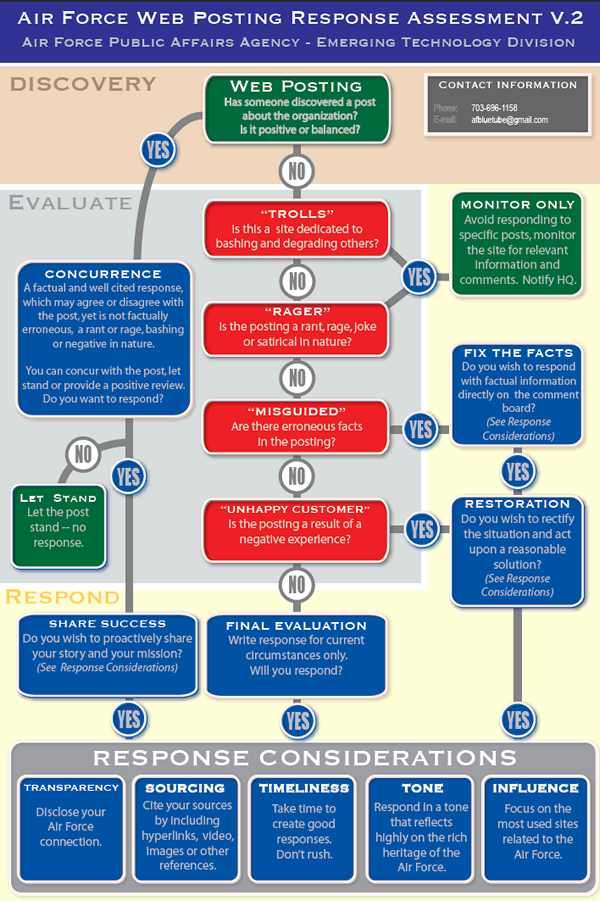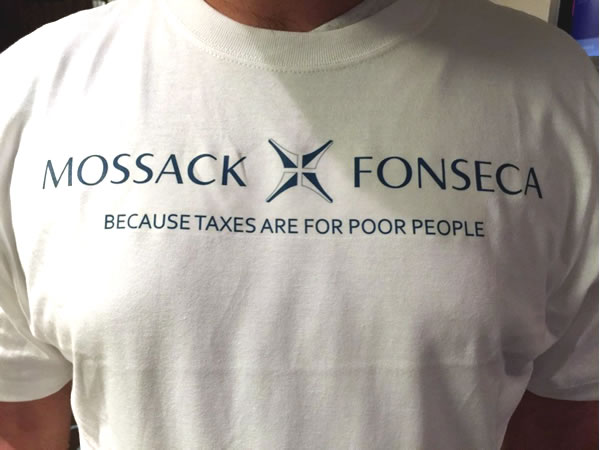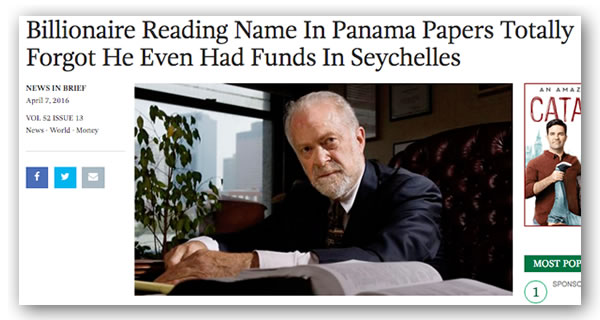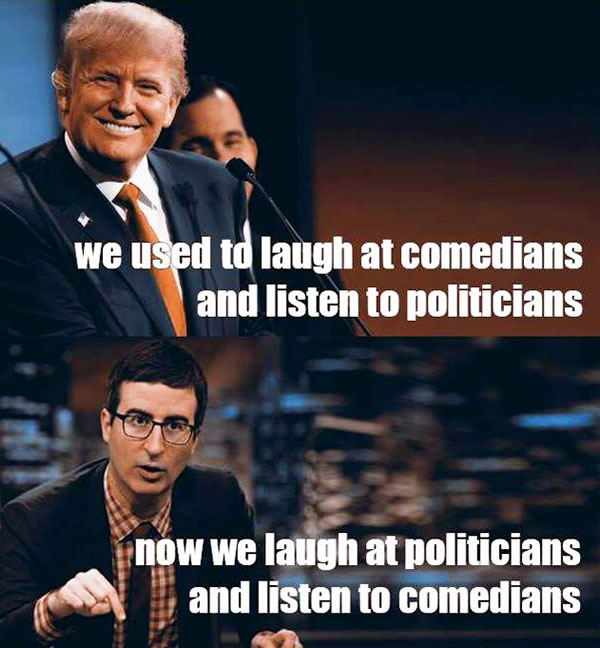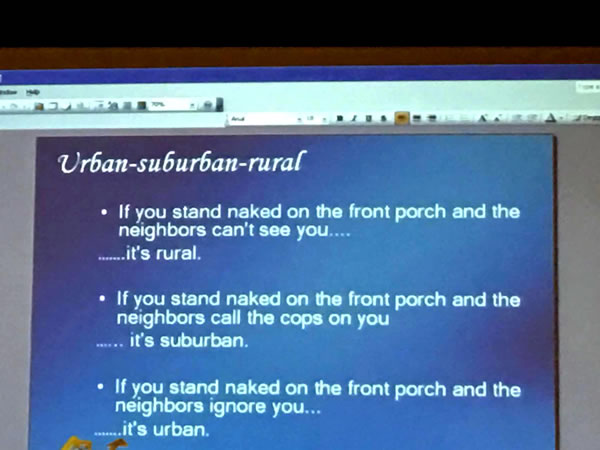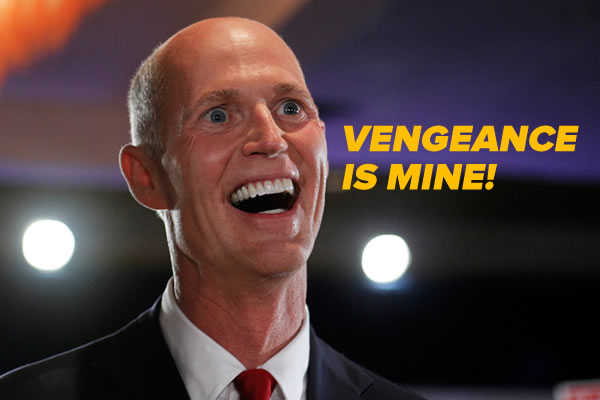
Yup, that’s an actual, undoctored photo of Florida Governor Rick Scott.
On Tuesday, April 5th, Florida Governor Rick Scott stepped into a Starbucks in Gainesville, where he ran into unhappy constituent Cara Jennings. She launched into a tirade against the governor, which including calling him “an asshole” and “an embarrassment to our state”, which was captured by a quick-witted Starbucks patron (who, for bonus points, also shot the video in the proper horizontal format) who posted it onto YouTube where it went viral. At the time of this writing, it has over 2.1 million views. It’s the first of the two clips in my video below:
Scott left the Starbucks in a hurry without getting the coffee he came for. His response came on Friday on his official YouTube channel in the form of an attack ad against Ms. Jennings. It’s the second clip in the video above, and it’s the first time I can recall where a government official has made an attack ad against a private citizen.
Politifact’s analysis of Jennings’ rant
Politifact looked at the three big claims in the exchange in the first video; here’s what they wrote:
- Cutting medicaid (Jennings): half true. Scott didn’t cut medicaid, but he refused to accept the provision of the Affordable Care Act (often called “Obamacare”) that would expand Medicaid to cover almost an additional million Floridians (according to the Kaiser Family Foundation). While Floridians who make 1 to 4 times the amount of money defined as the poverty level can get subsidies to buy private insurance, those who are worse off but not the worst off — these people make somewhere between 44% of the poverty level and just below the poverty level — can’t these subsidies. An estimated 567,000 people fall into this “coverage gap”.
- Creating 1 million jobs (Scott): mostly true. Politifact reports that “between December 2010 and February 2016, total nonfarm employment in Florida rose by 1,041,400.” They’re also quick to point out that “It’s a stretch for the governor to claim credit for such gains. Governors can have an impact on their state’s economy, but there are other things they don’t control that can have impacts that are at least as big if not bigger, such as fluctuations in the national and world economy, population changes, and natural disasters.”
- Women’s health cuts (Jennings): half true. Politifact: “Scott signed a law this year that cuts off state funding for any clinic that provides abortions, including Planned Parenthood… The cut targets abortion clinics, so it isn’t a cut for health care offices that don’t provide the procedure, such as county health departments. There is some truth to the statement, but it’s too soon to tell exactly how the law will curtail women’s access to publicly supported health care.”
The attack ad
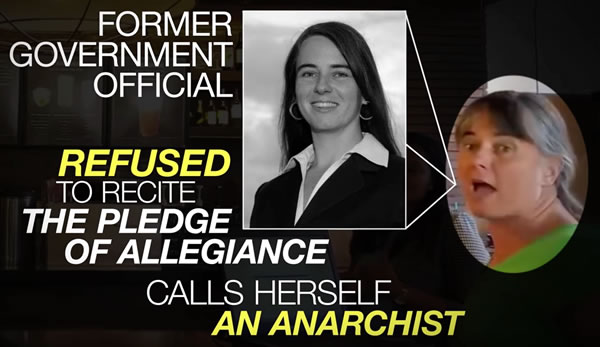
An actual still from the attack ad.
It would’ve been fine for Scott to simply release an ad that simply countered Jennings’ assertions, but that’s not the way U.S. politics works anymore. There’s no longer any room for compromise or finding solutions that most people can live with; it’s a zero-sum game where the philosophy seems to be “I cannot truly win unless you lose as well”.
That seems to be the approach that Scott (and Let’s Get to Work, Scott’s political action committee, who sponsored the ad) are taking. In addition to citing offenses such as a refusal to recite the Pledge of Allegiance (horrors!) and calling herself an anarchist (the Republicans are about small government and anarchists are about no government; you’d think they’d have lots of common ground), the video ends by suggesting that the only people who in Florida who don’t have jobs are those who “sit around in coffee shops, demand public assistance, surf the internet and curse at customers”. Not everyone who’s at Starbucks in the middle of the day is loafing — I work out of a cafe once a week, and I’m a systems analyst; Jennings was there on her computer doing freelance work.
The points in the response video are fine. The ad hominem attacks that come with it are a petty, unnecessary addition to the video, and all it does is worsen an already toxic political climate.
Bonus reading material: How to respond to angry people on blogs, YouTube, and other social media
The U.S. Air Force has had a set of publicly-available rules of engagement for this sort of thing since 2008. It might be a good idea to emulate them, especially the part about tone: “Respond in a tone that reflects highly on the rich heritage of the Air Force”.
